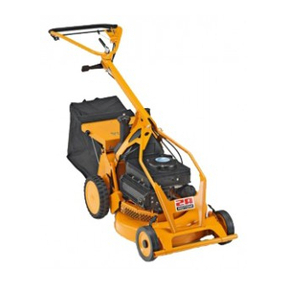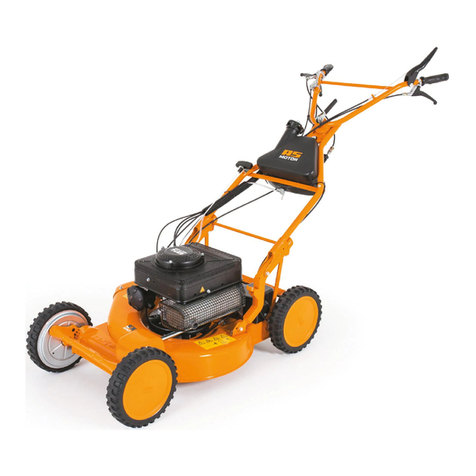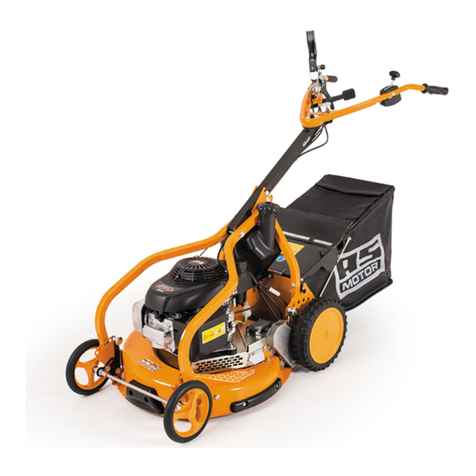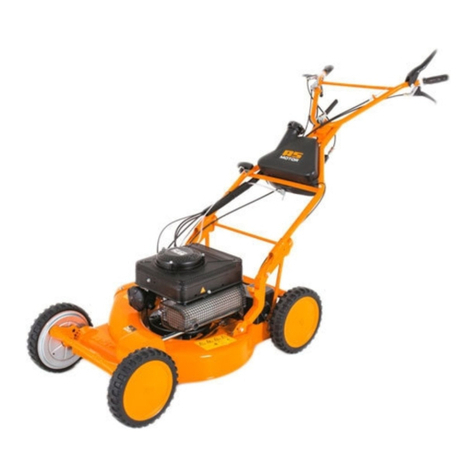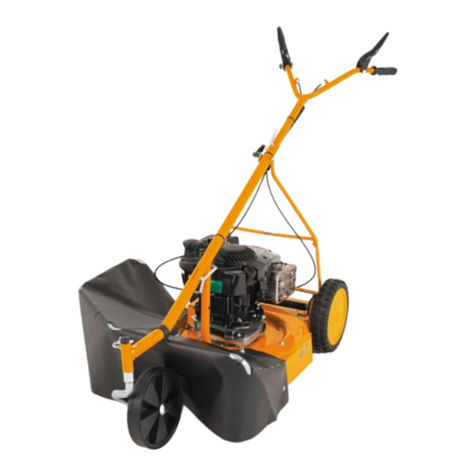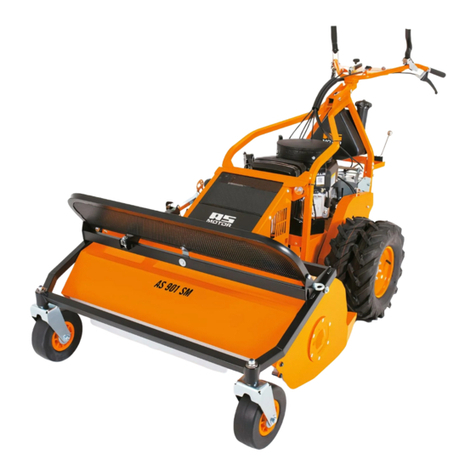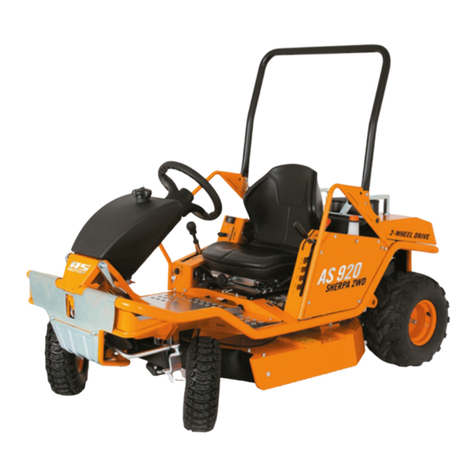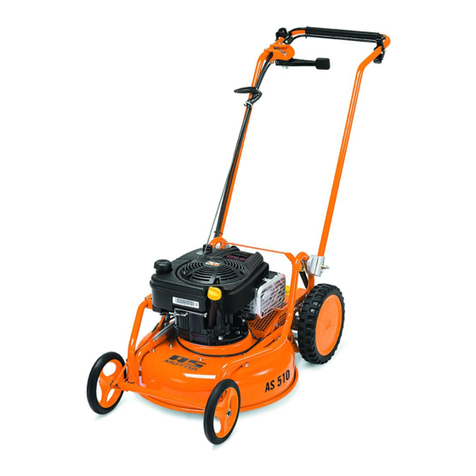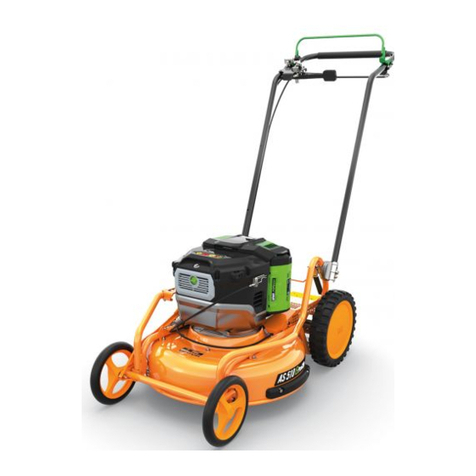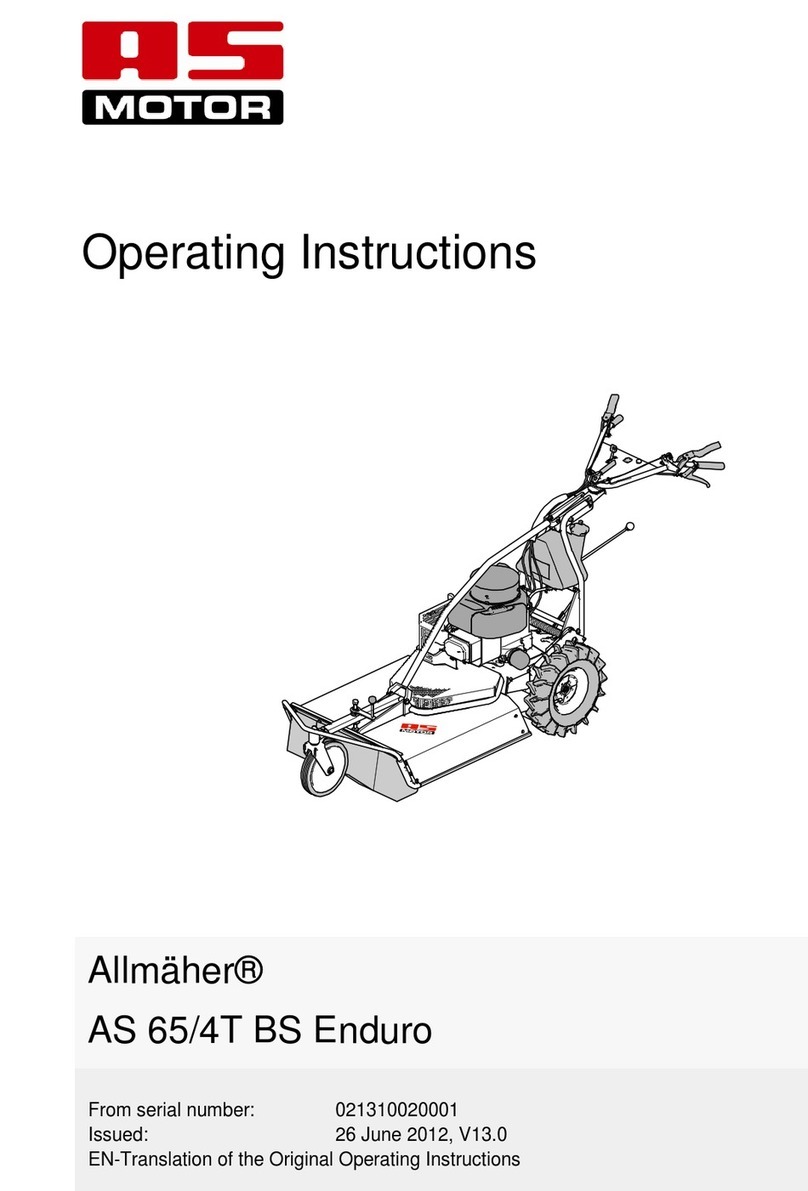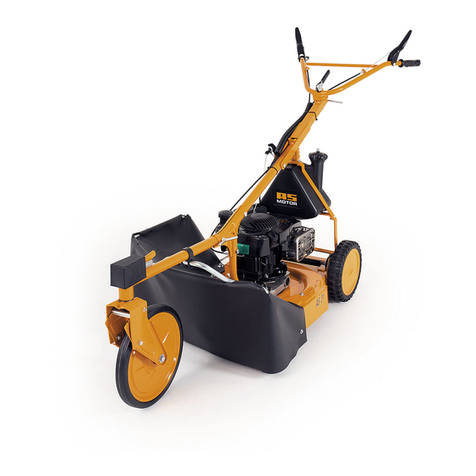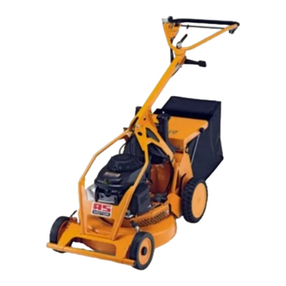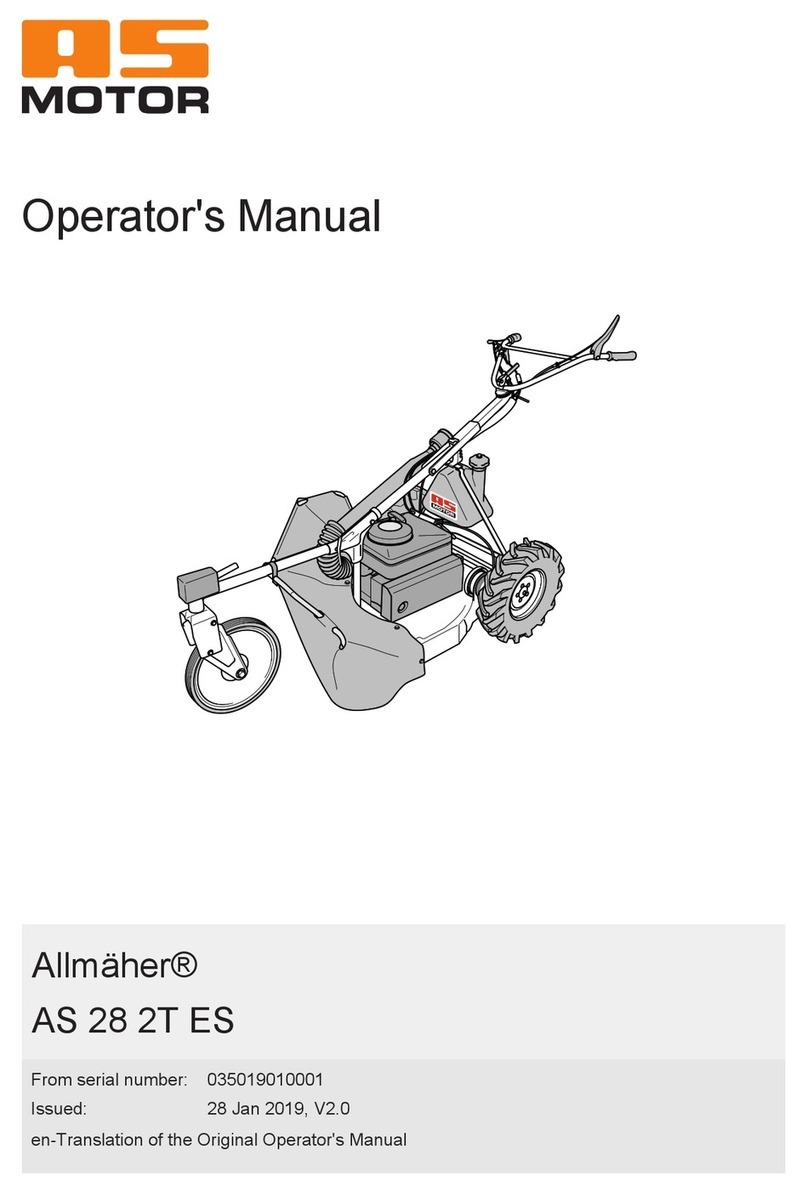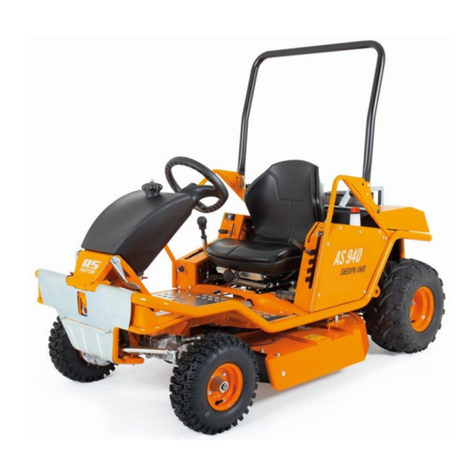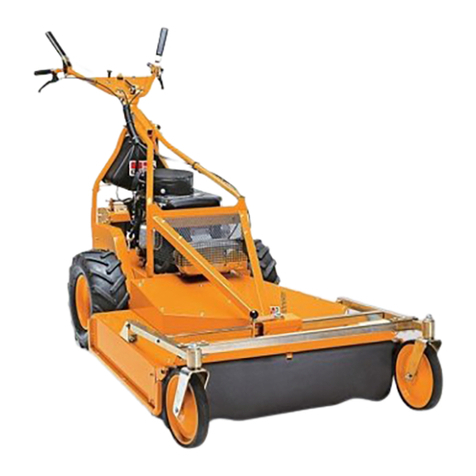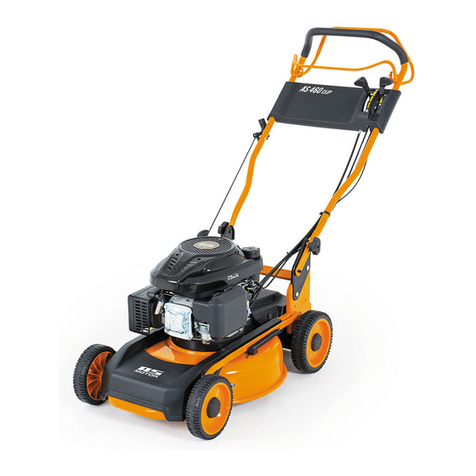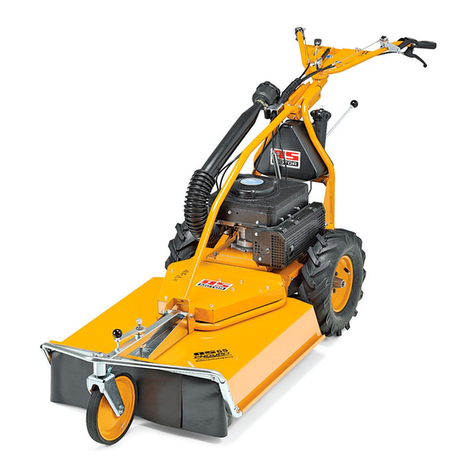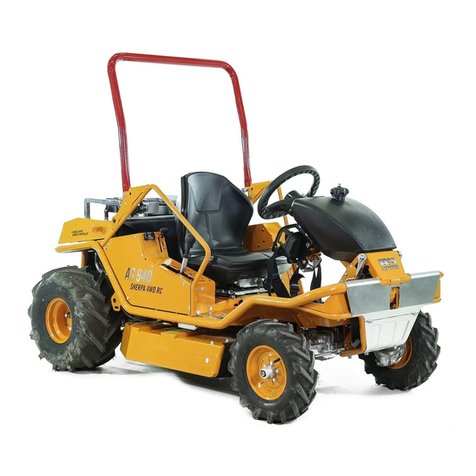
Contents
Notes on the operating manual.................................. 2
Contact ......................................................................... 2
Device data................................................................... 2
Intended use................................................................. 2
Explanation of the symbols........................................ 5
Symbols in the instructions........................................... 5
Warnings...................................................................... 5
Signs on the device...................................................... 5
Safety instructions ...................................................... 7
Get informed!................................................................ 7
User restrictions and hours of operation....................... 7
Safe handling of fuel..................................................... 7
Check the device prior to use....................................... 7
General danger area.................................................... 8
Additional danger area in the RC mode....................... 8
Use caution during operation........................................ 9
Prior to mowing............................................................. 9
Use caution when mowing............................................ 9
Driving on slopes.......................................................... 10
Increased risk of tipping with additional load................ 11
Caution when using accessories.................................. 11
When work is completed.............................................. 11
Use caution during maintenance and repair................. 11
Device description....................................................... 12
Control elements on the device ................................. 13
Front area..................................................................... 13
Control lever on seat.................................................... 14
Rear part....................................................................... 15
Folding bar.................................................................... 16
Control elements on the transmitter.......................... 18
Acoustic signals.......................................................... 20
Signals of the device.................................................... 20
Signals of the transmitter.............................................. 20
Optical signals............................................................. 20
Status indicators on the device..................................... 20
Lamps on the transmitter.............................................. 20
Display on the transmitter............................................. 20
LED display on the receiver.......................................... 20
Operating modes......................................................... 21
Ride-on mode (MC):..................................................... 21
Remove control mode (RC).......................................... 21
Safety functions............................................................ 21
Driving on steep terrain .............................................. 21
Checking the slope....................................................... 21
Suitability on slopes in the MC mode:.......................... 21
Suitability on slopes in the RC mode:........................... 21
Oil pressure switch...................................................... 22
Oil pressure drop.......................................................... 22
Differential lock ........................................................... 22
Information on mowing............................................... 22
Prior to starting............................................................ 23
Checking the oil level.................................................... 23
Fuel............................................................................... 23
Tanking up.................................................................... 23
Checking and changing the battery of the transmitter.. 23
Adjusting the seating position....................................... 23
Adjusting the seat suspension...................................... 24
Putting up the bar......................................................... 24
Transport rack.............................................................. 24
Switching on receiver and transmitter ...................... 24
Selecting radio frequency............................................. 25
Working in the MC mode............................................. 25
Starting the engine in the MC mode............................. 25
Steering in the MC mode.............................................. 26
Driving in the MC mode................................................ 26
Setting the cutting height.............................................. 26
Engaging the blade in the MC mode............................ 27
Moving blade to transport position................................ 27
Actuating the differential lock in the MC mode............. 27
Switching off and parking in the MC mode................... 28
Switching from the MC mode to the RC mode............. 28
Emergency stop in the MC mode................................. 28
Practising the RC mode.............................................. 29
Working in the RC mode............................................. 30
Starting the engine in the RC mode............................. 30
Steering in the RC mode.............................................. 30
Driving in the RC mode................................................ 31
Setting the cutting height.............................................. 31
Engaging the blade in the RC mode............................. 32
Moving blade to transport position................................ 32
Actuating the differential lock in the RC mode.............. 33
Switching off and parking in the RC mode................... 33
Switching from the RC mode to the MC mode............. 33
Emergency stop in the RC mode.................................. 34
Transport ..................................................................... 34
Transport on pallets...................................................... 34
Transport of ready-to-use device.................................. 34
Towing.......................................................................... 35
Emergency driving programme.................................. 36
Maintenance................................................................. 37
Maintenance and cleaning position.............................. 37
Maintenance overview.................................................. 38
Cleaning the device...................................................... 40
General inspection........................................................ 40
Checking the safety functions....................................... 40
Checking the RC functions........................................... 40
Checking the safety functions....................................... 41
Checking the Emergency stop switch........................... 41
Checking the start-stop switch with key........................ 41
Checking the key function............................................ 41
Checking the transport position of the blade................ 41
Checking the automatic blade switchoff....................... 42
Checking the parking brake.......................................... 42
Check the foot brake.................................................... 42
Checking the blade....................................................... 42
Checking the blade clutch............................................ 43
Maintaining the engine................................................. 44
Opening the engine cover............................................ 44
Checking the engine oil level........................................ 44
3
Contents
